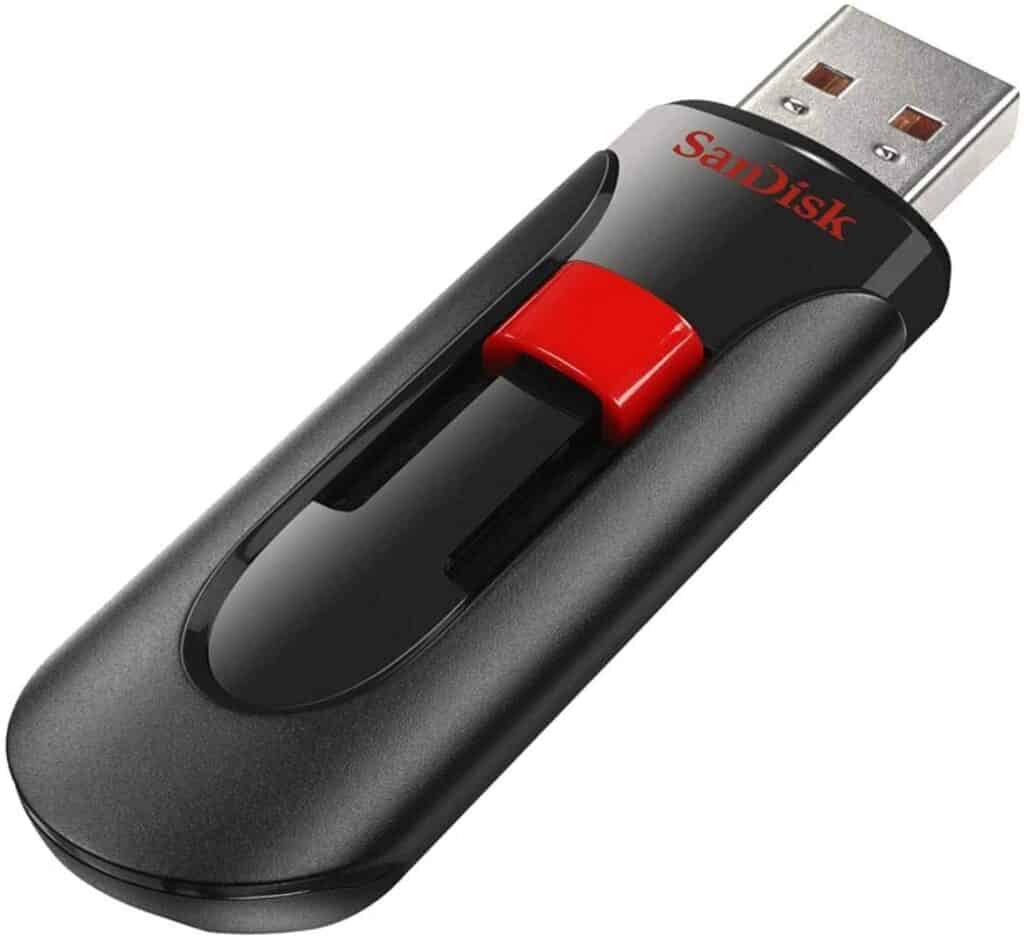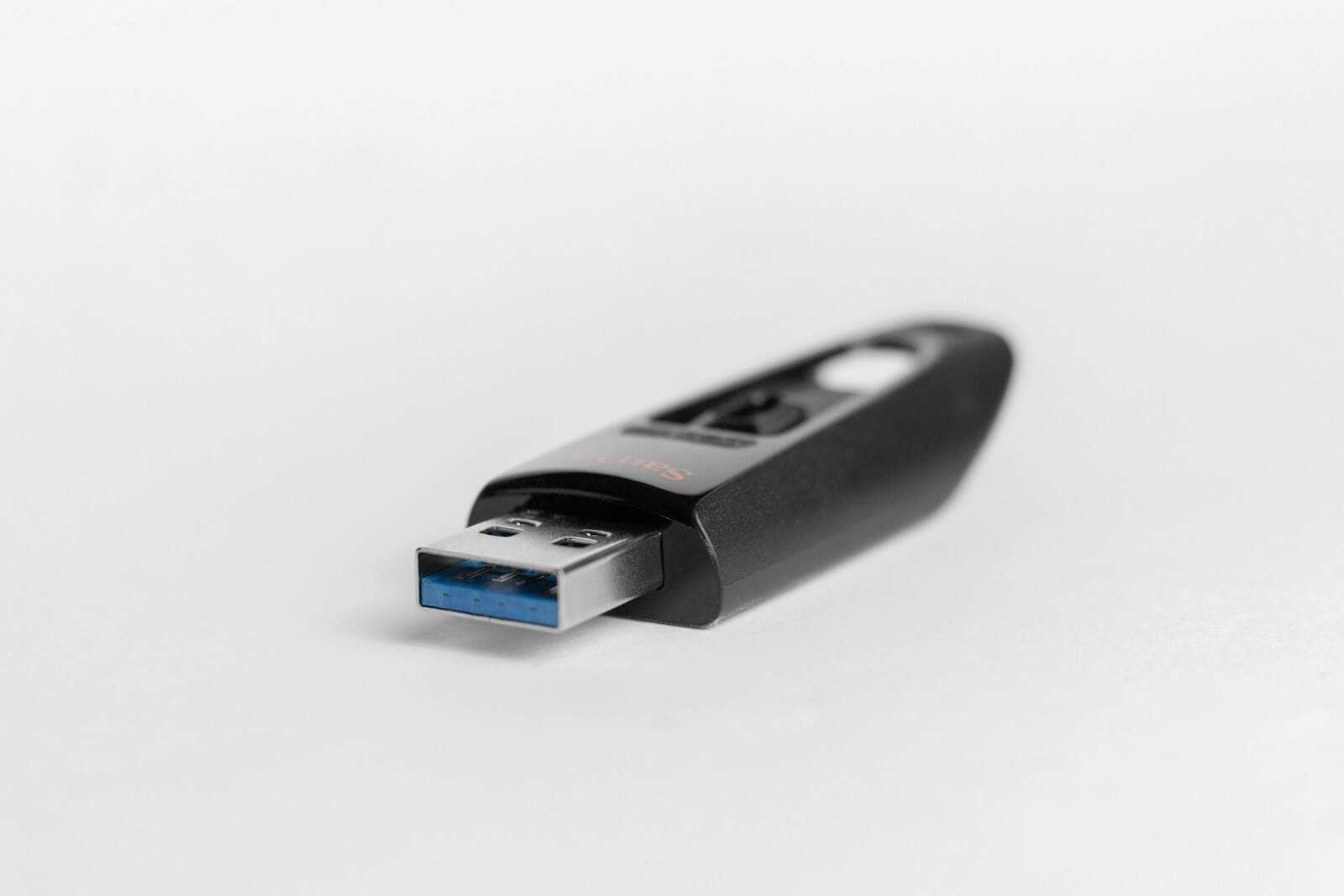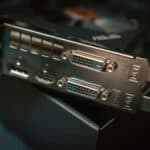Flash drives (also known as USB drives or memory sticks) have changed how we store and move data. These small, portable devices can store a lot of information, making them important for students, professionals, and tech enthusiasts. A flash drive works by using flash memory to save and retrieve data quickly and efficiently. In today’s digital age, where information is easily available and shared, the need for portable and reliable storage solutions is very important. Flash drives have become a popular choice for individuals and businesses.
They provide an easy way to store and transfer files between computers and other devices. But have you ever wondered how these tiny storage powerhouses actually work? In this article, we will look into the inner workings of flash drives, exploring their components, storage mechanisms, and the advantages and disadvantages they offer. Join us as we uncover the secrets behind this ubiquitous technology. Flash memory is a type of non-volatile storage, which means it doesn’t need power to keep the data intact. Inside a flash drive, you will find a flash memory chip that holds the data and a controller that manages the data processes.

When you plug a flash drive into a computer’s USB port, the operating system recognizes it and allows you to drag and drop files between the device and your computer. Many people use flash drives for their simplicity and convenience. They are compatible with most devices and offer a reliable way to back up important files or transfer information between different computers. Flash drives are durable, easy to carry, and can be used multiple times without the risk of data loss.
Flash Drive Storage and Operation
Flash drives, also known as USB drives or thumb drives, are portable storage devices that use flash memory to store data. Flash memory is a type of non-volatile memory, meaning it retains data even when power is lost. This makes flash drives ideal for storing and transferring files between computers and other devices.
Data Storage in Flash Drives
Flash drives store data in a grid of cells, each of which can hold a single bit of information (a 0 or a 1). These cells are organized into pages and blocks, which are used to manage the storage and retrieval of data. To store data, a flash drive uses electrical charges to trap electrons within the cells. The presence or absence of these trapped electrons represents the binary data (0s and 1s) that make up files and other information.
Flash Drive Components and How They Work Together
Flash drives are made up of several key components:
| Component | Function |
|---|---|
| Flash memory chip | Stores the data in the form of electrical charges within cells. |
| Controller chip | Manages the communication between the flash drive and the computer, as well as data storage and retrieval. |
| USB connector | Allows the flash drive to connect to a computer or other device. |
| Crystal oscillator | Provides a timing signal for the controller chip to synchronize data transfer. |
When a flash drive is plugged into a computer, the controller chip establishes communication with the computer’s operating system. The flash drive then appears as a removable storage device, allowing the user to access and transfer files between the computer and the flash drive.
Advantages and Disadvantages of Flash Drives
Flash drives offer several advantages over other storage media:
- Portability: They are small and lightweight, making them easy to carry around.
- Durability: They have no moving parts, making them less prone to damage from drops or shocks.
- Ease of use: They are plug-and-play devices, meaning they require no additional software or drivers to use.
- Affordability: They are relatively inexpensive compared to other storage options.
However, flash drives also have some disadvantages:
- Limited storage capacity: Compared to hard drives or solid-state drives (SSDs), flash drives typically have lower storage capacities.
- Limited lifespan: Flash memory cells have a limited number of write/erase cycles before they wear out.
- Security risks: Flash drives can be easily lost or stolen, potentially exposing sensitive data to unauthorized access.
Despite these limitations, flash drives remain a popular choice for portable storage due to their convenience and affordability. With their simple design and easy-to-use functionality, flash drives have become an essential tool for both personal and professional use.
Key Takeaways
- Flash drives use flash memory to store data.
- They are portable and can connect to most devices.
- Flash drives are non-volatile and retain data without power.
Understanding Flash Drives
Flash drives are small devices that store and transfer data. They are useful for moving files between computers and other devices.
Components and Mechanics
A flash drive is made up of several parts. The most important parts are the USB connector, memory chips, and controller. The USB connector is what you plug into a computer’s USB port. Inside the flash drive is a printed circuit board with memory chips and a controller.
The memory chips use NAND flash technology, which stores data even when the power is off. Small transistors in the memory chips control the storage of data. Each transistor has a source, gate, and drain.
Operation and Functionality
When you plug a flash drive into a USB port, your computer recognizes it. This process is called plug-and-play. It means you can use the drive right away without installing any software.
The controller inside the flash drive manages data transfer between the memory chips and your computer. This includes reading and writing data. The controller also handles wear leveling, which spreads out data storage across the memory cells to last longer.
Data Storage and Access
Flash drives store data in memory cells that use binary code (1s and 0s). Each cell can store different levels of charge to represent these binary values. This is how data is stored and retrieved.
When you save a file, the data is written to these cells. When you open a file, the data is read from the cells. Flash memory is non-volatile, which means it keeps data even when the drive is unplugged. This makes it reliable for storing important files.
Interfacing with Devices
Flash drives are compatible with many devices, such as laptops, desktop computers, and even some modern televisions. They have different USB interface standards like USB 2.0, USB 3.0, and USB-C. USB 3.0 offers faster data transfer rates than USB 2.0.
Most flash drives work with various operating systems, including Windows, macOS, and Linux. You can simply plug them in and start transferring files. Modern operating systems usually have built-in support for flash drives, making them easy to use.
Frequently Asked Questions
This section answers common questions about how flash memory works, its types, uses, and drawbacks.
How does flash memory technology store data?
Flash memory stores data by using electric charges to change the state of memory cells. The cells keep data even when the power is off, which makes flash memory non-volatile.
What are the main types of flash memory storage available?
The two main types are NAND and NOR flash memory. NAND is used in USB drives and SD cards for its high storage capacity and fast write speeds. NOR is used in devices where data must be read quickly.
What are some common uses of USB flash drives?
USB flash drives are used for storing and transferring files between computers. They are also used for backing up important data, running portable applications, and storing software installation files.
How does a USB flash drive function for password resets?
Some USB drives are used to store reset files for password recovery. When the drive is inserted, the computer reads the file and helps the user reset their password without losing access to the system.
What are the primary differences between USB flash drives and pen drives?
There are no major differences. “USB flash drive” and “pen drive” are different names for the same device. Both terms refer to portable storage devices that use flash memory and connect via a USB port.
What are the disadvantages of using flash drives for storing files?
Flash drives can get lost or damaged easily due to their small size. They also have a limited number of write and erase cycles, which means they can wear out over time. Additionally, they might not offer as much storage as other options like external hard drives.







